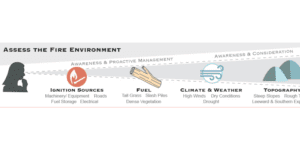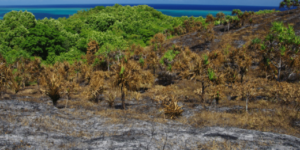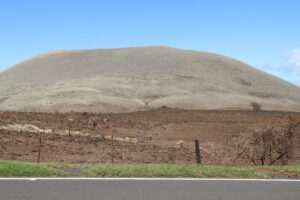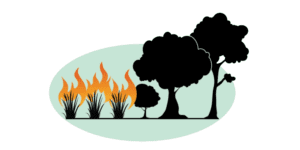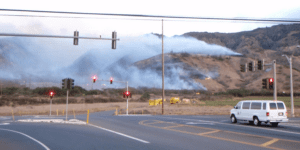DOWNLOAD PDF
Raising public awareness of current fire danger is critical because proactive actions by households and landowners can reduce fire risk and because most fires on Pacific Islands are human-caused. In Hawaii, PFX…
Local knowledge of resources like water, road access, and high priority landscape features (crops, endangered species) is critical to minimizing the impacts caused directly by the wildfire as well as the impacts…
Predictions for El Nino’s effects on climate and wildfire in the Pacific (2015). DOWNLOAD PDF
This guide provides methods for monitoring changes in soil and vegetation after a wildfire occurs.
Makapu‘u is the easternmost part of the island of Oahu. Its an iconic area, famous for its beaches and the trail out to the lighthouse.
After fire, it is critical to understand the different environmental zones at risk and potential costs and benefits of different techniques (Source: 2014 Wahikuli-‐Honokōwai Wildfire Mitigation Plan, Hawai`i Wildfire Management Organization). Tags:…
DOWNLOAD PDF
A summary of wildfire in Hawai‘i (2014) including statewide ignitions, wildfire occurrence in the past century and management implications.



